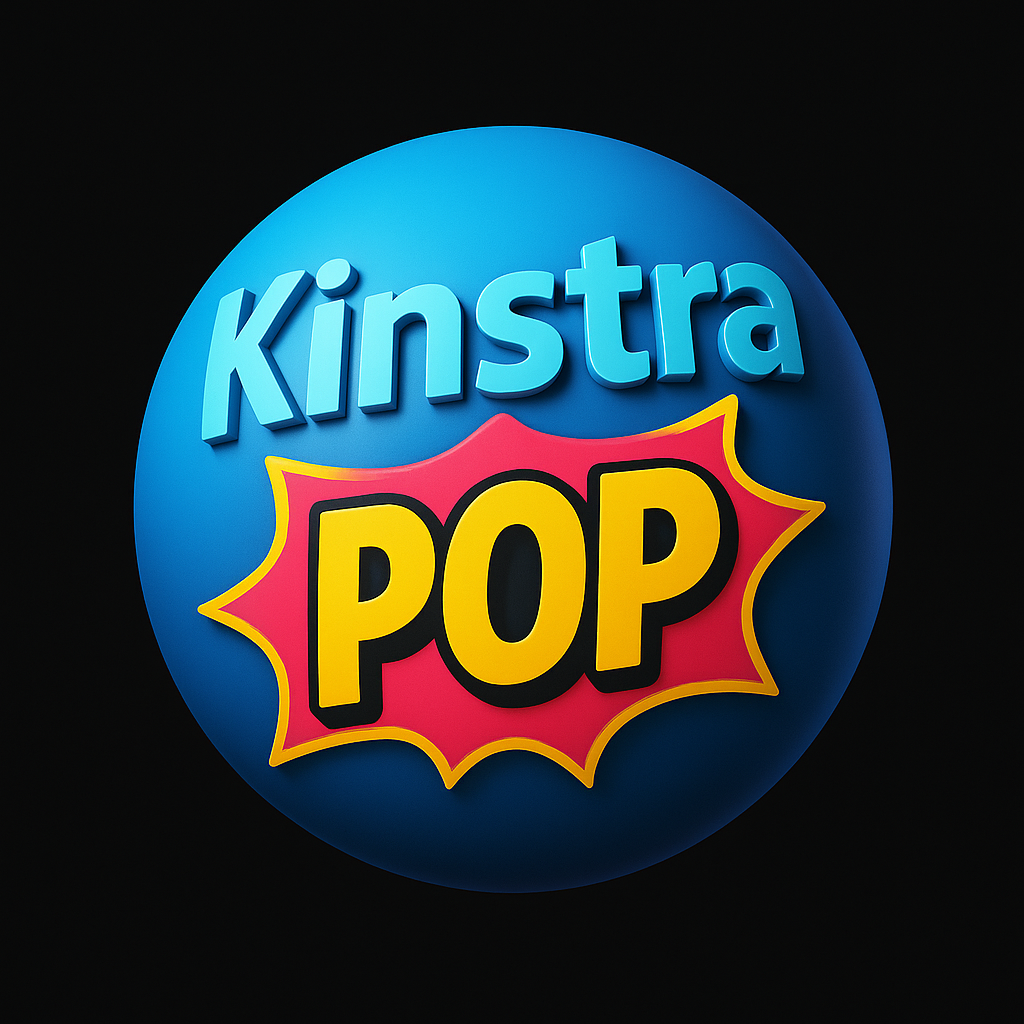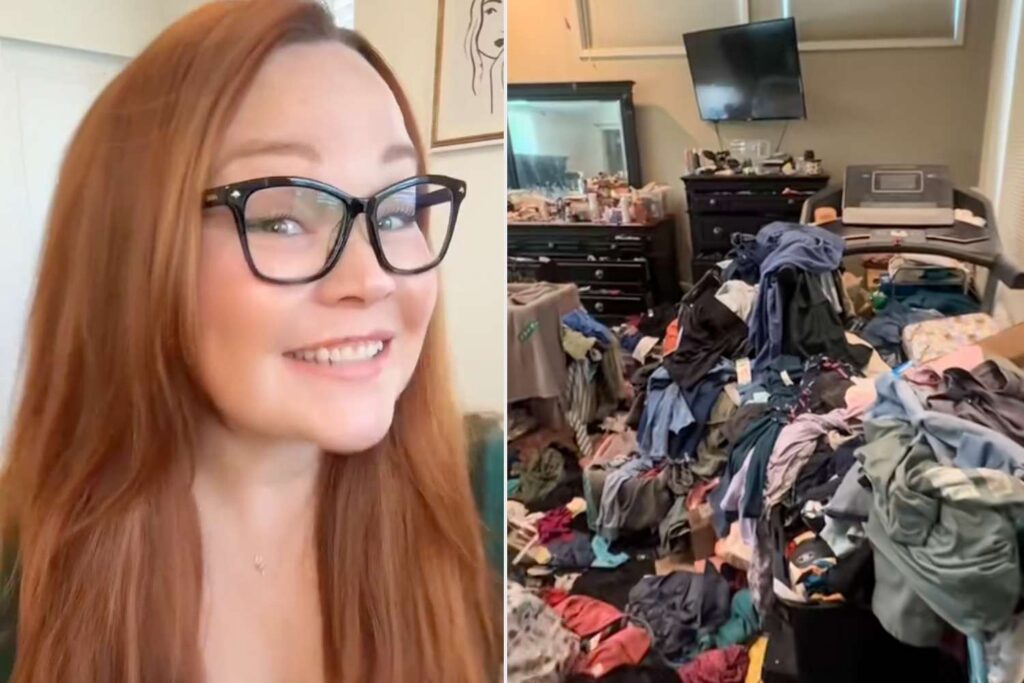NEED TO KNOW
In 2014, when Kayleen Kelly quit her job in the legal field in order to take her professional organizing business full-time, she thought she was starting a business that would consist mostly of putting fancy labels on things, making cluttered homes into “beautiful homes” and taking before and after photos.
She soon realized that her new job — born out of her “natural talent” for organization— was much less about beautification and aesthetics than it was about the people she was serving.
“Very quickly, I realized that clutter and trauma, there’s a strong link there, and the people that were calling me in were going through really dark seasons in their life,” Kelly tells PEOPLE exclusively about her unique profession.
When people think about professional organizers, they often think primarily of the aesthetically-curated, “home edit, Marie Kondo” type of organizer, who focuses directly on curating a beautiful, aesthetically pleasing, even Instagrammable space.
According to Kelly, that’s just one side of the industry. The other side is hers.
kayleenkellyorganize/TikTok
“Then you have the behavioral side,” she explains. “So that’s chronic clutter habits, trauma. And so very quickly, I was taking projects that I call chronic clutter. It’s high-level clutter that has taken over the whole house, and it’s really hindered the functionality of the entire home.”
Many people who seek out Kelly’s service are struggling with mental health issues, trauma, injuries, illness, are going through a divorce or experiencing the death of a loved one, and reach out to Kelly for assistance in taking on projects that they might not have the mental energy for.
“There’s a lot of shame and stigma around having clutter,” Kelly says.
In her experience, there is also a difference between hoarding and chronic clutter, and explaining the difference between the two is part of the work she does to de-stigmatize clutter in homes.
According to the American Psychiatric Association, people with a hoarding disorder experience “persistent difficulty getting rid of or parting with possessions due to a perceived need to save the items.”
While a home with chronic clutter might look very similar to a hoarding situation, the difference between the two, according to Kelly, is that individuals with a chronic clutter situation are willing to declutter, but just might not know where to start.
Over the years of working with her clients, many of whom have depression, anxiety or even post-traumatic stress disorder, Kelly has developed a mantra: “You don’t need to be a therapist to be therapeutic.”
kayleenkellyorganize/TikTok
In 2020, Kelly says she took her experience online in order to help people globally. Kelly, who posts her content under her TikTok, Instagram and Facebook accounts, now has a large following across all of her platforms. Her videos frequently go viral, and her page @kayleenkellyorganize on TikTok has over five million likes in total.
Her content breaks down her tips and tricks for viewers looking to declutter their lives — including her aptly named “Declutter Core” method. The success of her social media has allowed Kelly to scale back her operation in recent years.
When she first began operating out of Jacksonville, Fla., Kelly employed of team to help her. Now, based out of the Seattle area, Kelly completes organization-related tasks about twice a week — using the success of her social media to supplement her income.
Kelly does all the physical labor of collecting trash, categorizing other items, cutting out unwanted items and finally, containing them (the four steps of the Declutter Core Method) for her clients herself, in order to preserve their mental energy for the toughest part of the job: making the decisions of what to cut and what to clear out.
“It’s very common for professional organizers to work with their clients hands-on, so like going in and having the client sort with them, categorize, move things around, organize, do all of that,” Kelly says. “I’ve never had a client work with me or do the hands-on work. I do all of it myself.”
Her three-second rule is one of her biggest tips she suggests first when clients are looking to declutter.
When looking to declutter, people should make sure that they can see everything in the category that they are focusing on. By going through each item individually and deciding “yes” or “no,” the process becomes even more manageable. But the kicker? If you hesitate for more than three seconds, the item is an automatic keep.
The items that Kelly sees people struggle with decluttering the most are clothing and paperwork, and that remains largely the same across most people she’s worked with.
But having spent so many years in the organization space, Kelly has seen a few things that are not necessarily the norm.
kayleenkellyorganize/TikTok
“The weirdest thing I ever organized was a wig collection for cats,” Kelly says. “I color-coded all of the wigs and all of the different styles.”
Continuing on, she says: “I’ve done weird projects like that, and people have odd collections. But for me, I’m just, I’m so robotic with my categorization that it just becomes its own category, and I don’t pay much attention to it. So it’s, it’s hard to say, like, ‘oh, this was the weirdest, because it’s the same method that I apply in every single project.'”
While Kelly’s job is physically and mentally demanding, what keeps her going is the emotional shift she sees in clients — especially during what she calls the best part of her job: the final reveal.
“When I meet these people, they are waving a white flag and they are saying, ‘Come rescue me, I’m drowing,'” she says. “I see the look on their face at the end of the session. You can’t beat that. That’s what keeps me coming back.”

